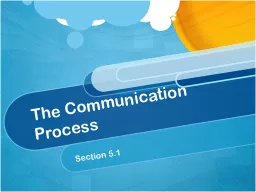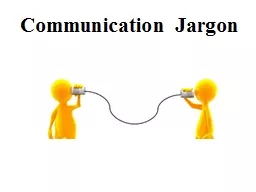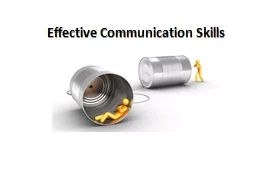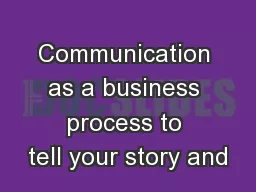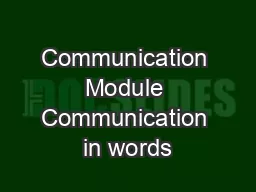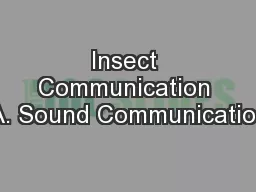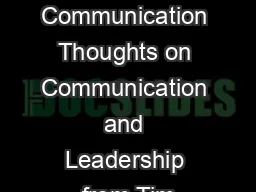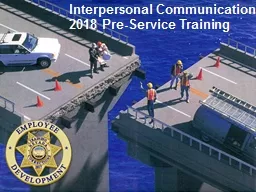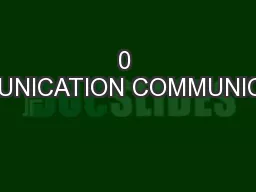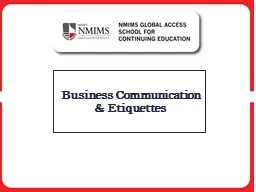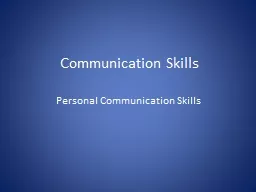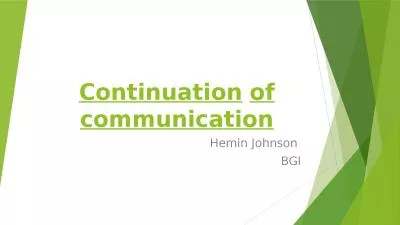PPT-The Communication Process
Author : groundstimulus | Published Date : 2020-06-20
Section 51 Communication is an exchange of information between two or more people It is a twoway process that involves both sending and receiving messages Sender
Presentation Embed Code
Download Presentation
Download Presentation The PPT/PDF document "The Communication Process" is the property of its rightful owner. Permission is granted to download and print the materials on this website for personal, non-commercial use only, and to display it on your personal computer provided you do not modify the materials and that you retain all copyright notices contained in the materials. By downloading content from our website, you accept the terms of this agreement.
The Communication Process: Transcript
Download Rules Of Document
"The Communication Process"The content belongs to its owner. You may download and print it for personal use, without modification, and keep all copyright notices. By downloading, you agree to these terms.
Related Documents

